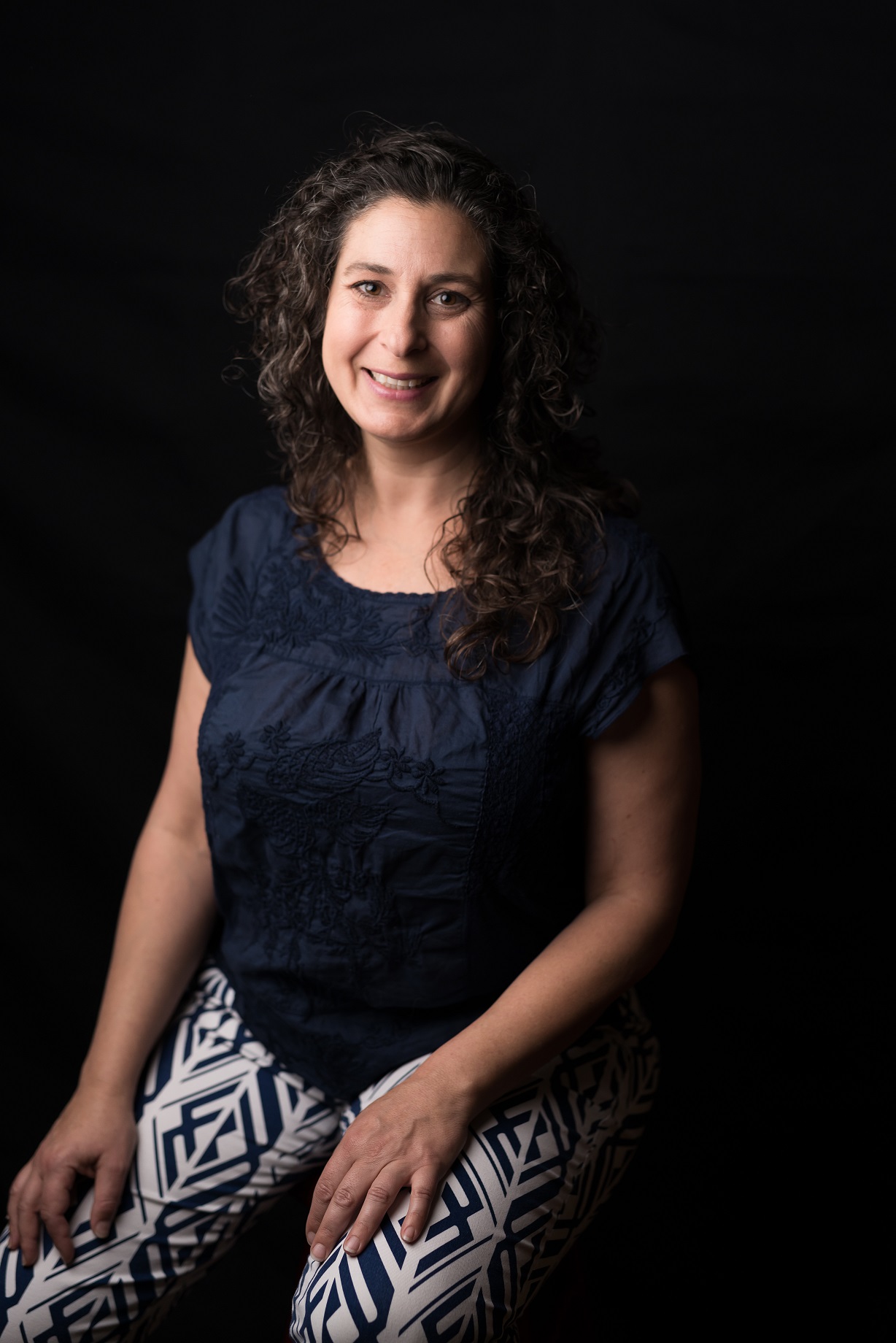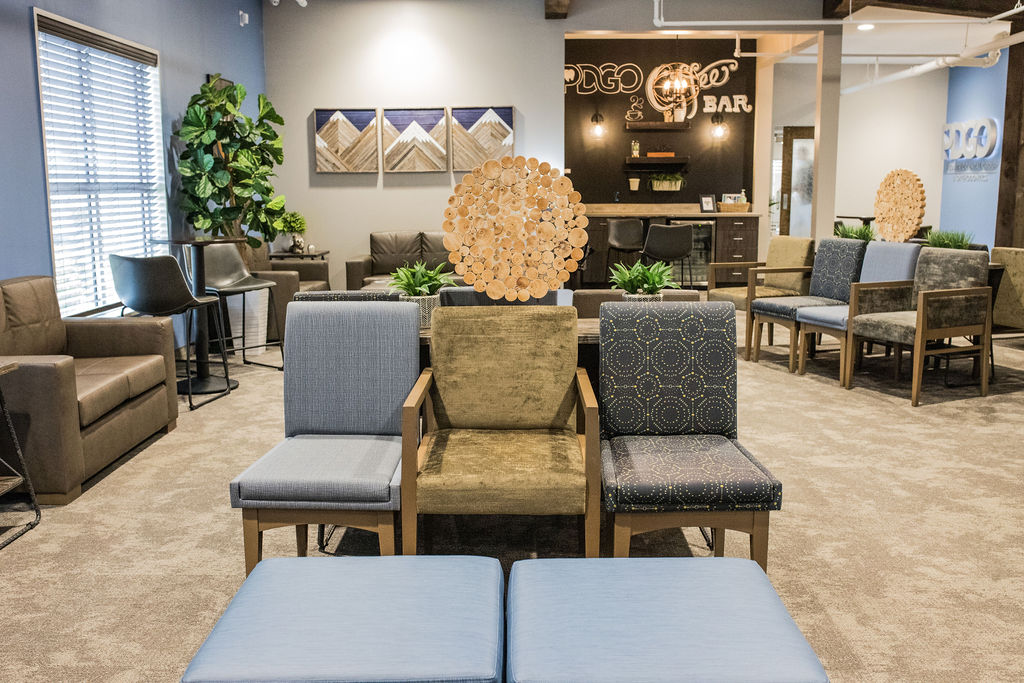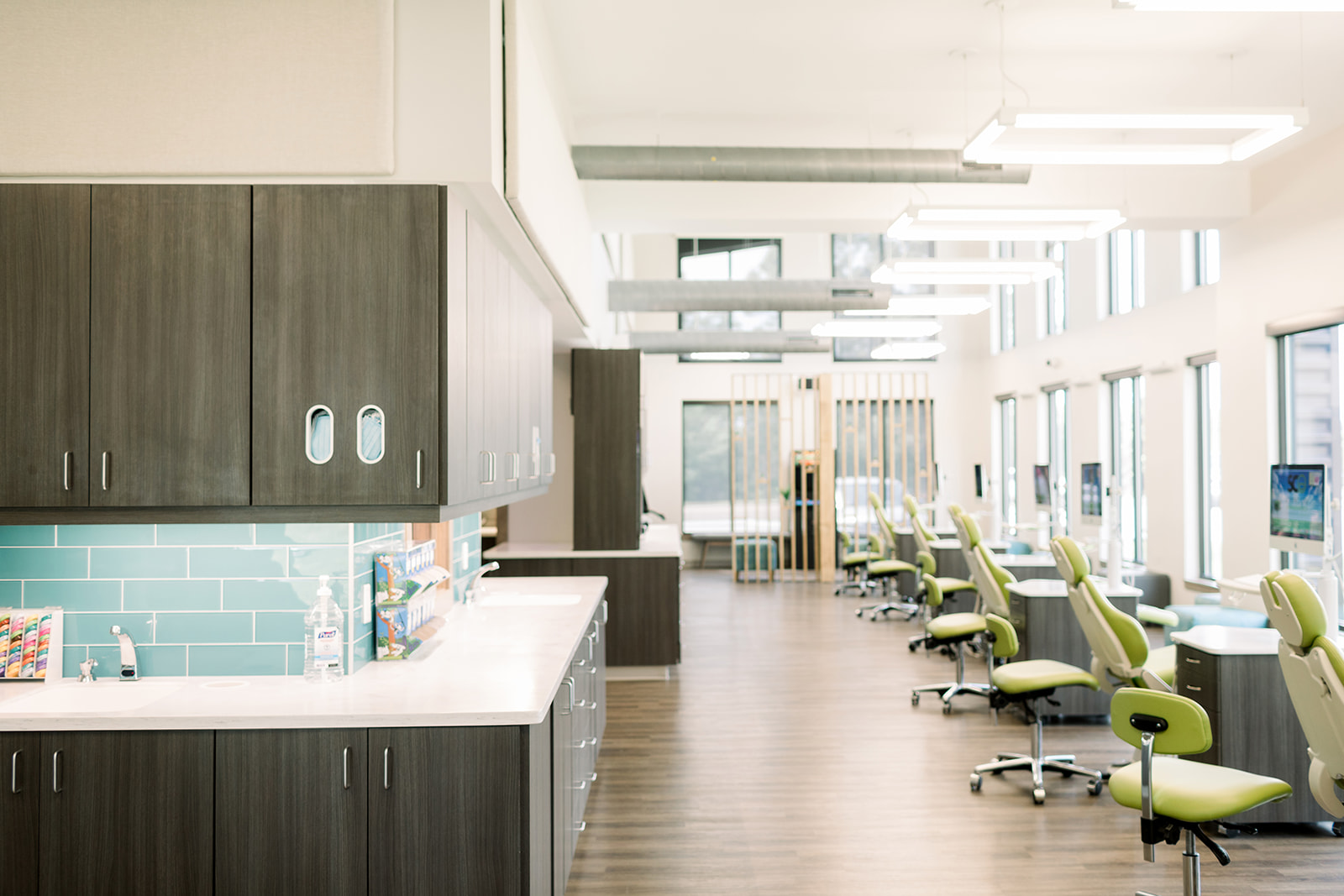
Welcome to another installment of our Firm of Her Own series. Today we celebrate the impact of women in architecture with the story of interior designer and AMI SIX+MAPS member Shira Coleman. The principal designer and project manager of DesigningWell, her mission is to welcome love, money, and abundance through helping doctors create ideal offices that encourage the best experience and quality of care for their clients.
At Architect Marketing Institute, we provide the tools to move from where you are now to Sunshine Island (a place imagined by coach Richard Petrie in his story The Village of Archville). We celebrate the way Shira takes action and gets results — ideal clients and dream projects now land on her doorstep! Shira, here, uses those tools wisely. Let’s find out how she made her way to the paradise where every designer can find success. In the spirit of “leaning in,” check out my Q&A with the well-traveled, multi-faceted, relationship-building Shira Coleman.
What's special about the time and place where you grew up?
I grew up in Santa Cruz California. It’s such an idyllic place I moved away several times, lived in wonderful cities like Tel Aviv, London and Paris, and still… when it was time to raise children I knew there was no other place I could do it. We have the ocean (big wave surfers) and the forests of big trees (mountain bikers), huge strawberry fields and apple orchards, a bubble of social justice, and old fashioned small-town community. I was a total tomboy, climbing trees and building forts. I lived with my three cousins and their parents and a friend and her son. So there were 6 of us that felt like siblings and many parental eyes and hands to keep us (moderately) safe. And boy, did I learn to negotiate complicated communication structures and keep a team headed in the right direction.
What were some of the obstacles or challenges?
I’m so blessed to say that my life was pleasant and that I always felt empowered to do and be whatever I wanted in my family of origin.
When I entered the “real” world I didn’t come with good boundaries and resilience against the top-down structures, missteps in integrity, or the “chicken little” view of the world where the sky is always falling.
There were those who told me that I couldn’t be a success because I’m not a workaholic. I didn’t want to believe them but their voices in my head had me believing that I didn’t have the work ethic to make it as a firm owner.
My obstacles came in mindset as I set out on my own. I continue to work on the belief that I can have a balanced life. Every day on my yoga mat, when I rest between bridge poses… I put a hand on my heart and one on my belly and say, “I am so grateful that I am TIME, MONEY, and LOVE ABUNDANT.”
And I actually get to feel it.
What was your path in college & school and what led you there?
If you asked me what I wanted to be when I grew up even from the age of 9, I would have told you I wanted to be a mom. But I loved language and science. I studied theoretical linguistics through my master's degree and then I realized that academia meant my future consisted of four full-time jobs… teaching, researching, administration, and parenting. It all of a sudden was significantly less fun.
When I was 23 my boyfriend moved to London and asked me to come with him. The best way to do that was on a student visa… especially because I had exactly 4 days to make up my mind before we left. I wrote a list of all the careers I could imagine myself having from home, and Interior Design and Architecture topped the list. So I flew to London, found a flat and job at a pub, and enrolled at Richmond College of London Design School. It was the first time I was overjoyed to stay up till 4 doing school work!
Tell me about starting your professional journey and starting your firm — why, to what purpose?
For a university project, I interviewed a working designer and since I knew I’d eventually like to move back to Santa Cruz I found two designers here — one who did residential and one doing commercial. After interviewing them both it was clear to me that commercial design was for me. And by the end of the interview, the owner of that firm turned the tables and interviewed me to come and work for her.
When I returned from London she didn’t immediately have a position for me so I enrolled in the Construction and Energy Management program at the local college to bide my time and get oriented to the way we did things this side of the pond. When my position opened up I jumped at the chance and I was there for 15 years, moving from Junior designer to designer, to lead and then to associate, running the design and marketing sides of the company. I loved all the hats I wore, no two days were the same and I was always being of service solving problems.
When my employer considered retirement I considered buying the practice but it all fell apart when I realized I really wanted to bring my work into alignment with my values and do something to make a difference in the world. I took a turn and developed an app that teaches parents games to play with their babies. But once it was complete I found myself trying to figure out how to make a living out of this new direction.
Then a huge project fell in my lap from an old contact. I was left to ponder how I could have it all: work that I loved doing and a positive impact on the world. I took a hard look at why my work for the other firm wasn’t feeling like it was making the world a better place and I realized that I hated the way we were doing business. I didn’t want to be working an angle or running damage control or talking clients through sticker shock. I didn’t want to be freaking out because there was not enough work and then freaking out that there was too much work with nothing in between.
So I started to take a fresh look at what my own design firm could look like, throwing all the icky stuff out the window and replacing it with the stuff that really mattered to me, like teamwork, customer experience, building relationships, doing what I say I’m going to do, understanding and adopting my client’s missions so that my work actually comes into alignment with my values. And I decided to go for it.
What is your personal mission?
My personal mission is to experience time, money, love, and abundance and to help others to do the same however I can. In my business, that translates to helping doctors to build ideal offices that support their wildest dreams practice goals and make sure that they can serve their patients, and families with the absolute best experience and quality of care.

Reception room, Pediatric Dental Group and Orthodontics. Gut and remodel by interior designer Shira Coleman's DesigningWell firm.
What are the highlights of your/your firm’s accomplishments?
Coming out on my own feels like a big accomplishment and the ride was a bit bumpy. I’m so grateful to say that I have several successful completed projects already in these 3 years and that I have repeat clients who are building second and third offices with me.
The best feeling is to know that my doctors, their staff, their patients and their families are being supported by spaces that are built with care to anticipate their needs and how they use and experience the space. I love it most when nothing gets noticed in my spaces except comfort. None of the bustle of running a busy practice, of patients flowing in and out, or instruments getting sterilized or people signing contracts for care, just smooth sailing and a great experience you want to tell your friends about.
Is there a “feel” that is common to all your built designs?
I guess that’s the “feel”, the quality of care coming through and nothing else. I love to create offices that are not just tools for delivery great medical care but are also a marketing tool, telling patients what the doctor and the practice are all about and setting out an audacious welcome that makes patients feel they are wanted there, that they matter and encourages them to tell their friends about their awesome doctor.
How do you communicate this in your marketing? Which AMI strategies do you find to be the most helpful?
I love that AMI puts an emphasis on the emotional nature of human behavior and that our sales and marketing should be aspirational, helping clients to get to the heart of why they are embarking on their project, and how they want to feel and have others feel in their space.
Building relationships is important to me, and all of my work comes from referrals so having such a strong emphasis on developing and serving our referral base makes so much sense to me. Now that all my offers are complete, I’m ready to focus on creating new relationships with people who should be referring me.
How has being a female designer impacted your professional relationships and your life as a whole?
As a female interior designer I’ve really had to hone my technical skill. So many people assume Interior Design is a fun game of picking pillows and curtains and I just don’t do any of that. My niche is very technical, and most job sites are a serious boy’s club. While I love to see the faces of the architect, general and subs change as they walk with me through a box walk, I don’t love the starting assumptions that I’m uninformed, delicate or easily pushed around.
On the upside, I think that my abilities to see projects through my client's eyes, communicate effectively, and build teams that work for the good of the project, are supported by my nature as a woman and a mother.
I was constantly surprised by the difference in the levels of enthusiasm when I told people I design private medical offices and when I told them that I was a parenting coach. I thought that the latter was more meaningful when I broke away from design, but it turns out that we all want medical spaces that are comfortable and effortless, and people get really excited about my work in design.

Scenic City Orthodontics by Shira Coleman's DesigningWell and by shell architect Jay Caughman. Image by Caressa Rogers Photography, Caughman+Caughman Architects Photographer.
When do you choose to use certain labels? When do you choose to omit them? Why?
I’ve never thought to use or not use labels. I identify in many categories but I think I got the word from my parents that I could be anything I wanted to be and I’ve spent most of my life very comfortable with who I am. That’s not to say that I haven’t struggled with my demons and especially self-doubt. It took my employer of 15 years deciding to retire and pushing me to buy the company to go out on my own. I always saw myself running her company as she slowed down and it was a struggle to see myself in a new way. That I could just start clean and work how I wanted to… with a very healthy work-life balance and be there with my children while I could. As [my firm] DesigningWell grows I will be very intentional to hire people I believe in and give them a stake in the success of the company so that I can continue to work the hours that work for my family until my children are off to college.
So yes, She/Her and yes, Ms. Coleman, and yes to my picture all over my website. Yes to being a woman in a technical field. Yes to learning what needs to be learned to do an excellent job for my clients, creating medical spaces that actually make people feel better.
If we fast forward to age 100, what do you want to be known for in your work?
When I leave this field I want to be the woman who helped thousands of doctors and staff love their practice space and serve their patients; the one who pioneered medical office design that actually makes people feel better: as a tool for not just excellent quality of care but also for marketing their practice.
I want to be the woman who changed the way doctors experience their office construction projects. The one that mastered team building, communication and record-keeping so that projects run smoothly start to finish. And I want to be known as the woman who got rid of sticker shock for her clients, who changed the way we plan for projects so that square foot bids don’t settle us into complacency while actual costs lurk around corners to jump out and scream.
I’d like to be a woman who found the perfect way to run a respected, highly paid, successful design practice, empower, respect, and trust her employees and associates AND live a balanced life of fun, family, travel and doing her small part to heal the world.
Like this story? Get inspired by architect Mona Quinn's marketing case study here.
